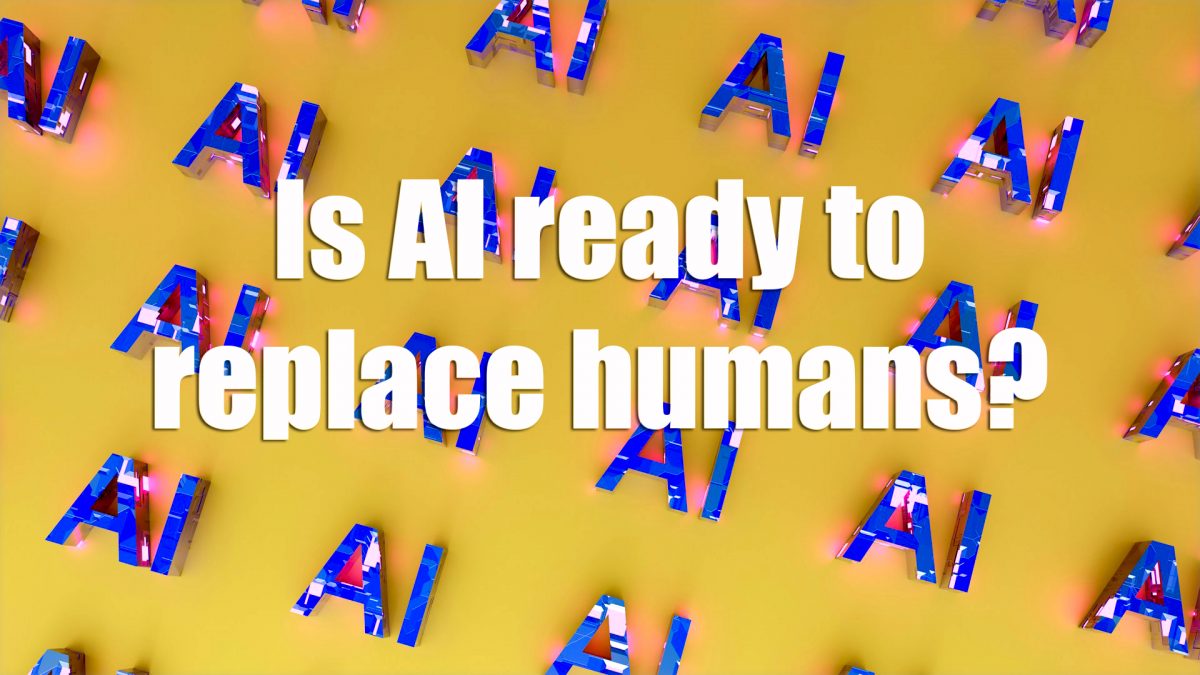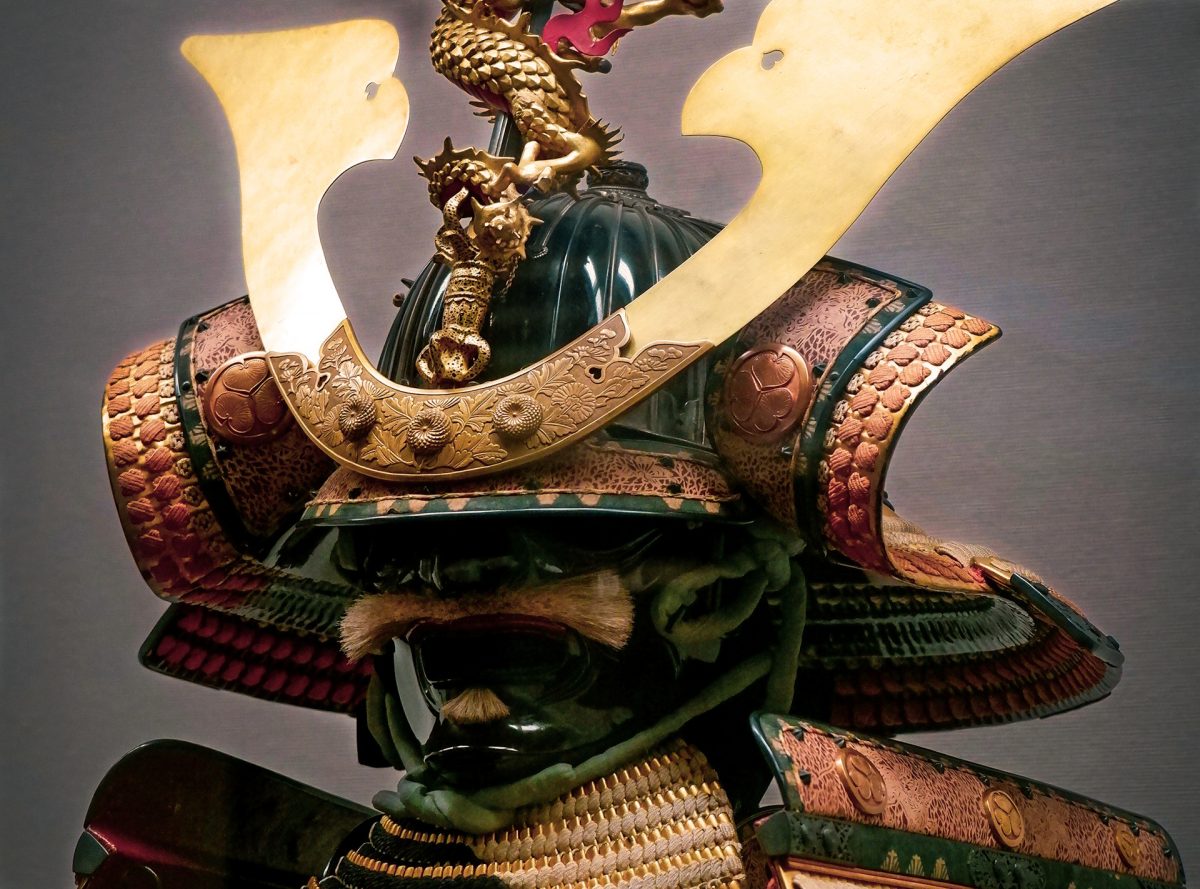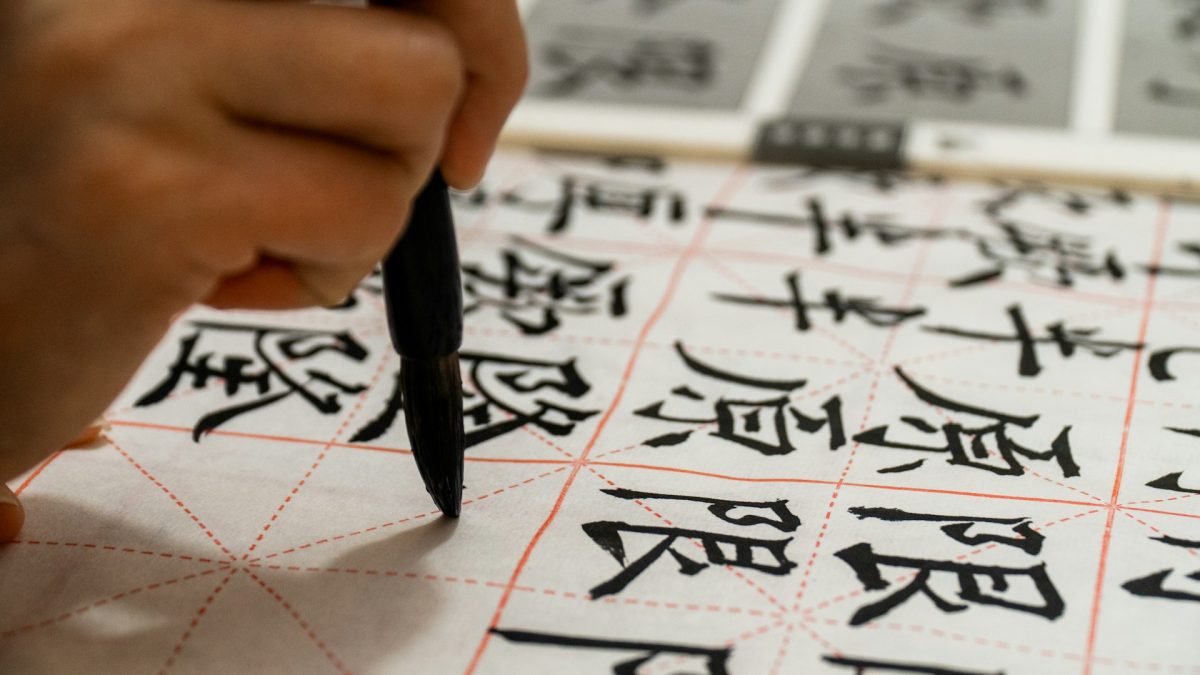
(*Linked or embedded content may have been removed or be unavailable.)
Let me guess. AI (Artificial Intelligence) has been front and center of your mind for some time. That’s understandable considering how we hear in the news that AI is revolutionizing the way people work (or don’t work!) every day. If you’re involved in creating content for distribution over the internet, and/or localizing it into different languages for an international audience, you may already be eyeing AI to boost your efficiency and bottom line specifically, or more generally to get ready for the most important transition since the industrial revolution.
So I asked a well-known AI about what it thought, and here’s its reply: “Overall, AI offers significant advantages in translation and content creation, making it faster, more affordable, and reaching a wider audience. However, AI should be seen as a tool to assist humans, not replace them entirely, especially when it comes to tasks requiring creativity, cultural understanding, and nuanced decision-making.”
Well said, AI.
There you have it. Even AI knows it’s not ready to replace humans yet because there are still some serious problems with it. And if such problems, like erroneous content and mistranslations, snowball into a major liability or trust issue for you, you may regret placing so much trust in it. Integration of AI solutions still requires a strong, knowledgeable human element. So our advice would be to hold your horses for now, and let some other eager beaver iron out the kinks first. (More about this last sentence later.)

Contents
AI for content? Beware of false facts
Whether you use AI to generate entire manuscripts, or to help in researching a certain subject, be sure not to assume the output is always correct. The main pitfall with AI-generated content is that it seems plausible on the surface, but actually may include mistakes and false facts. Looks can be deceptive. And since AI writes very well (better than some humans), you’re essentially dealing with a smooth talker who might be lying to you with a straight face.
Case in point: I conducted a little experiment for our blog post Happy New Year! (no matter what year you’re in or when you’ll be celebrating) published in January 2024. It was about how countries around the world use CE (Common Era) or other year numbering systems, focusing on coins. My idea was to let AI do the initial research for that project, because even if it fell short I could pick up the slack as a coin collection hobbyist who knew enough about the subject matter to catch any errors.
Here’s a partial list of the falsehoods AI told me:
1. “Japan uses CE (Common Era) years on its current coins.”
Right off the bat, I knew this was false since I live in Japan and look at Japanese coins every day, so in the post I correctly stated that Japanese coins display the reign era year and not CE, clarifying that 2024 would appear as the 6th year of Reiwa (令和). Leading up to the blog post you’re reading right now, I asked the same AI again and this time it returned the correct answer. Nice to know that each day AI’s learning new things and getting smarter, possibly by scouring the internet and finding new information (perhaps including our previous blog post).
2. “Islamic countries typically do not use CE years on their coins.”
This is not outright false, but is a bit bold considering how many parts of the Muslim world (like Tunisia, Qatar, Oman, Morocco, Algeria, Indonesia, and Malaysia) do use CE on their coins either exclusively or side-by-side with AH (Anno Hegirae) years.
3. “Instead of 2024 CE, a Taiwanese coin would display the year according to the Minguo calendar. So, a 2024 Taiwanese coin might say something like ‘Year 113’ (1912 + 2024 = 113).”
Nice research, but maybe it could use a little more work on its arithmetic skills?
AI might indeed help speed up your content creation, but it’s essential to still have that human in the loop in order to maintain the quality and accuracy of what you output to the world. Don’t create a content workflow that could backfire and back up traffic like a malfunctioning autonomous driving vehicle. And if you seriously want your content to uniquely pop, and not sound like text coming right out of a cookie cutter, you will still need the talents of a human, whether in the role of a writer or an editor.
AI-driven MT for translation? Beware of deceptive fluency
Remember that sentence in the lead-in part of the blog post I said we’d talk about later? Well, feeding “So our advice would be to hold your horses for now, and let some other eager beaver iron out the kinks first” through a very well-known machine translation engine provided this in Japanese:
[馬を保持] means literally “to retain/hold on to a horse.” [熱心なビーバー] means literally “an enthusiastic/eager/zealous beaver.” [ねじれを解決] means literally “to untangle/untwist.”したがって、私たちのアドバイスは、今は馬を保持し、他の熱心なビーバーに最初にねじれを解決してもらうことです。
As you can see, relying entirely on a machine for your translation, however AI-driven it may be, is still risky as the technology as of 2024 is not quite up to par when it comes to colloquial phrases.
But at least in this example, the output about horses and beavers will be so nonsensical to the Japanese reader they’ll be able to recognize that there’s a translation issue afoot. On the other hand, if nobody in your workflow can read the target language, well, ouch. Your content quickly becomes something people will either laugh at or ignore.
Ironically, the more serious problem with current machine translation is the fluency of the text it produces. Unlike the old days when translation problems could be spotted from a mile away, nowadays it takes specialized skills to be able to spot translation errors—because on the surface it all looks so legit and reads so fluently.
Here are some potential problems with machine translation you should pay attention to.
Names: Especially when dealing with languages that are as different as English and Japanese, the names of people and places have a good chance of coming out wrong. Take the family name 新谷 for example. It can be read Shintani, Shinya, Shingaya, Shingai, Shinkai, Aratani, Araya, Ataraya, Niitani, Nittani, Niidani, Nitani, or Niiya, so statistically there’s a fair chance that MT will miss. Be sure to research the correct reading of the person’s name. Learn more about Japanese names in this related post.
Sentence structure: Again, with language pairs like English and Japanese, the totally dissimilar sentence structure can confuse MT into linking the wrong elements together in the wrong order, sometimes providing an output that says something different, or even the reverse, of what’s being said in the original text.
False friends: This is a problem that can pop up even with two similar languages as sometimes a word that’s spelt the same can have different meanings in two languages, and it might take a human eye to spot the difference. Likewise, without enough context, MT might not be able to tell whether “glass” should be ガラス (garasu for the hard, transparent material) or グラス (gurasu for a vessel made of glass), or whether “cup” should be コップ (koppu for a small open container) or カップ (kappu for a unit of measurement), thereby giving you the wrong word.
Glitch or attitude? Sometimes MT will spit out a result that’s way shorter than the original, and that’s a red flag right there. Regardless of whether this phenomenon is attributable to a glitch (like MT referencing an erroneous translation from the past), or whether the AI is simply approaching a singularity of human-level laziness, just be aware that MT will sometimes leave entire sentences out of a translation. It might read totally fine that way, but would be totally wrong.
Perhaps you can opt to develop your own LLM (Large Language Model), or use one that exists, as the basis for your localization? Maybe the high initial cost and high processing speed requirements will turn out to be worth it in the long run? But here again, the quality you get will depend on the corpus you feed it. If there are errors or biases in the material you teach the AI with, the output will reflect that.
To steer clear of such problems, you should have someone providing LQA (Linguistic Quality Assurance), or in some cases, an SME (Subject Matter Expert) as well. Specifically, you need a human who knows both languages to be able to understand the source text and cross-check it against the translation to ensure a quality result. Or, you can gamble and take your chances, risking your reputation and good name.
The question you should be asking yourself isn’t “Am I ready for AI?”, but rather “Is AI ready for me?” At this point in time (April 2024), if you’re involved in creating content for distribution over the internet, and/or localizing it into different languages for an international audience, the answer would be no, not quite, not totally. So whatever you do going forward, by all means, keep that human driver in the driver’s seat for the quality and peace of mind you deserve.
Language service providers are just as interested in AI solutions as you are, and can offer a lot of good advice and insight into the benefits and pitfalls of integrating AI into your workflows. When considering how to implement AI solutions, be sure to consult AI service providers, but don’t forget to also consult an experienced language service provider. Well informed is well armed.
Douglass McGowan






